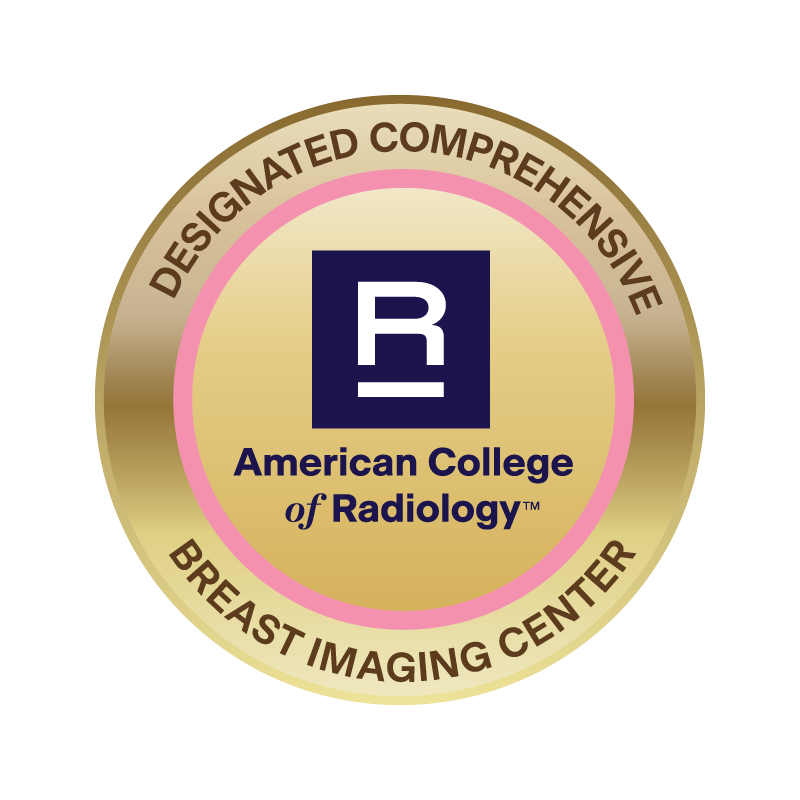- Digital Mammography
- 3D Mammography
- Breast Density
- Breast Ultrasound
- Breast MRI
- Breast Biopsy
- Ultrasound-Guided Breast Cyst Aspiration
- Bone Density (DXA)

Digital Mammography
Women's Services
Digital Mammography
All of our offices are equipped with the latest digital mammography equipment. Digital mammography is an x-ray study of the breasts, which uses a low level of radiation. Digital mammography can detect lesions in breast tissue that may go unnoticed because they are too small to be felt. This makes digital mammography particularly valuable as a screening tool in detecting early breast cancer.
There may be some discomfort associated with a digital mammogram due to the compression that is necessary to obtain a clear picture of the internal structures. The compression is not dangerous and does not damage breast tissue. It improves the accuracy of the digital mammogram and also reduces the amount of radiation needed for the test. The discomfort is temporary and can be relieved by oral analgesics. Routine screening digital mammograms should be scheduled within the first 14 days after the patient's period to reduce the amount of potential discomfort from the compression.
Routine screening digital mammograms are interpreted by Digital Mammography Specialists at University Radiology. Two views of each breast are taken at the time of the office visit. If additional views are needed to make the diagnosis, the patient is contacted to return for specialized spot or magnification views as requested by the Radiologist. If no additional views are needed, a report is sent to the patient and to the referring physician.
There is no special preparation for the digital mammography exam, however, patients should not use any powders, creams or deodorant under the arms or around the breast area in preparation for the exam.
As part of the complete exam, current films are always compared with prior studies. Patients should bring any prior mammogram studies with them for their appointment. Please note that it is very important that all mammograms are returned to us so that the patient has a complete history file. Please note that digital mammograms are only scheduled for patients under the age of 30 if there is an abnormality or severe family history.


